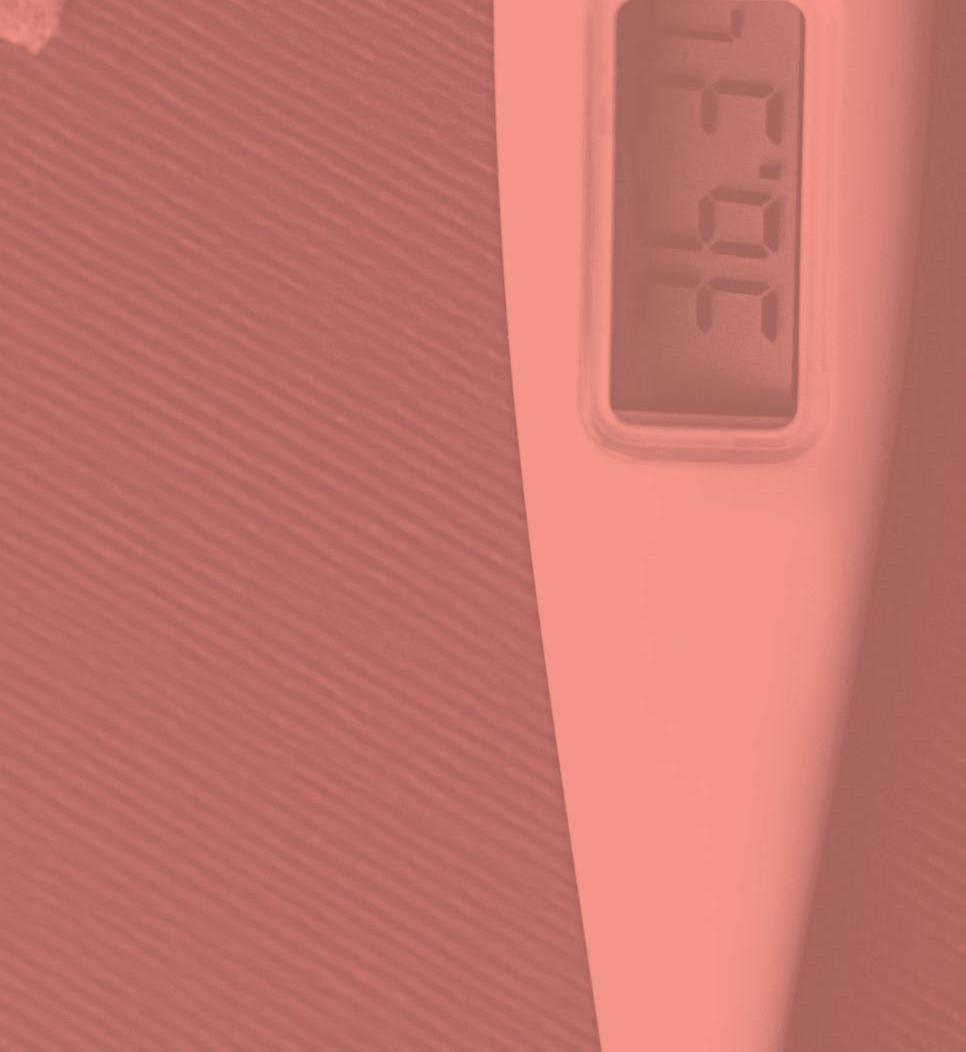
8 minute read
HEALTHCARE
06HEALTHCARE SECTOR HEALTHCARE SECTOR
INTRODUCTION
The healthcare sector consists of businesses that provide medical services, manufacture medical equipment or drugs, provide medical insurance, or otherwise facilitate the provision of healthcare to patients. In Australia, the healthcare industry is the largest employing industry where in 2019, there were close to 1.7 million people employed, which is projected to increase to more than 1.9 million by 2024. This sector encompasses two main industry groups:
The first includes companies who manufacture health care equipment and who supply or provide health care related services. These companies are also owners and operators of health care products, providers of basic health-care services, and owners and operators of health care facilities and organisations. Examples of these types of companies include Johnson and Johnson and General Electric.
The second group includes companies primarily involved in the research, development, production and marketing of pharmaceuticals and biotechnology products. Examples of these include Osprey Medical and EMVision Medical devices.
DRUGS

MEDICAL EQUIPMENT


MANAGED HEALTHCARE

Healthcare Facilities



BREAKDOWN OF SECTORS
DRUGS AND PHARMACEUTICALS
The pharmaceutical industry discovers, develops, produces, and markets drugs or pharmaceutical drugs for use as medications to be administered to patients, with the aim to cure them, vaccinate them, or alleviate the symptoms. Pharmaceutical companies may deal in generic or brand medications and medical devices.

Major Players in the sector
Major players in the Australian market include Biogen
Australia Pfizer Australia Pty Ltd. International players include Johnson & Johnson and Roche.

MEDICAL EQUIPMENT
The medical equipment and device manufacturing industry (often referred to as the medtech industry or medical devices industry) designs and manufactures a wide range of medical products that diagnose, monitor, and treat diseases and conditions that affect humans.
Australia's healthcare industry is sophisticated and receptive to new product. There is consistent demand for a full range of medical devices, particularly those intended to treat and manage age-related diseases.
Imported devices are usually innovative and costeffective, as the Australian market is motivated to control costs.
Despite Australia's sophisticated healthcare system, the medical device market is experiencing slow growth. Medical device companies exporting to
Australia will face fierce competition from manufacturers from the US, the UK, and Japan that already have a strong hold on the market. Also, the relatively weak Australian dollar will make it difficult for some companies to remain profitable while meeting the price expectations of Australian buyers.

Major Players in the sector
Major players in the industry include Resmed and
Cochlear. International players include Phillips
Healthcare and GE Healthcare.
BREAKDOWN OF SECTORS
MANAGED HEALTHARE
Managed care is any method of organizing health care providers to achieve the dual goals of controlling health care costs and managing quality of care. These entities can include health insurance plans and typically have contracts with health care providers and medical facilities to provide care for members at reduced costs. Its main purpose as a health care delivery system is to manage cost, utilisation and quality.
Major Players in the sector
In the context of Australia, future prospects are not too bright. There exists obvious risks with increasing prevalence of ‘managed care’, such as whereby insurers seek to influence clinical practice, for example by referring patients for surgery to facilities the health insurer owns and to post-hospitalisation services such as rehab units the insurer also owns.
HEALTHCARE FACILITIES
Healthcare facilities consist of companies that provide healthcare services to individual or groups of patients, most notably through hospitals, home healthcare providers and nursing homes. Most specifically,
Australian hospitals are divided into public and private, with private hospitals further broken down into private acute and psychiatric hospitals and freestanding day hospital facilities. Driven by increase in
R&D and public sector funding, the healthcare facilities sub-industry is looking to invest more in virtual care technologies or scale the capabilities of their existing facilities rather than expanding their physical footprint.
Major Players in the sector
Main players in the industry include private hospitals (e.g. North Shore Private Hospital), nursing homes (e.g.
Arcare Aged Care), or free-standing day hospital facilities (e.g. Laser Clinics Australia).



What drives the industry?

.Healthcare is Australia’s biggest employer and it is continuing to grow in size, accounting for 13.7% of the entire workforce. The key drivers of the healthcare industry include:
Growing and Ageing Population
Indeed, population projections for Australia suggest that there will be 4 million people aged between 65-84 years by 2022, which will require more robust and adaptable healthcare services to better service their needs across the Australian community.
Innovation in Care Models
Government Funding and Infrastructure Investments in Healthcare
Worldwide, governments are increasingly committed to R&D investment in healthcare facilities. For example, the Australian Government has committed to investing in critical infrastructure to support lifesaving health and medical research, building on its $605 million investment to support the provision of vital infrastructure through the
Private Health Insurance Membership & Household Disposable Income
With rises in household disposal income and certain incentives, more Australian households are investing in private health insurance membership schemes, alleviating strains on the public health sector.
Medical Research Future Fund 10 year plan.
This driver is particularly important for future growth of the industry, as many healthcare providers and technology companies have made innovations such as Remote Care, 3D Printing, Retail CLinics and Precision Medicine.
Many investors are drawn to the healthcare industry because it is considered to be a ‘defensive’ play during general economic or market downturns. Indeed, they are usually less cyclical than retail or automotive markets. This is because investors believe consumers will continue buying healthcare products even during uncertain times, as it is more of a ‘necessity’ than a discretionary ‘want’ amongst the general population. Economically,, healthcare markets are marked by a few distinct Economically,, healthcare markets are marked by a few distinct factors. Government intervention in healthcare markets and activities factors. Government intervention in healthcare markets and activities is pervasive, in part due to some of these economic factors. Demand is pervasive, in part due to some of these economic factors. Demand for healthcare services is highly price inelastic. Consumers and for healthcare services is highly price inelastic. Consumers and producers face inherent uncertainties regarding needs, outcomes, producers face inherent uncertainties regarding needs, outcomes, and the costs of services. Patients, providers, and other industry and the costs of services. Patients, providers, and other industry players possess widely asymmetric information and principal-agent players possess widely asymmetric information and principal-agent problems are ubiquitous. Major barriers to entry exist in the form of problems are ubiquitous. Major barriers to entry exist in the form of professional licensure, regulation, intellectual property protections, professional licensure, regulation, intellectual property protections, specialized expertise, research and development costs, and natural specialized expertise, research and development costs, and natural economies of scale. Consumption (or non-consumption) and economies of scale. Consumption (or non-consumption) and production of medical services can involve significant externalities, production of medical services can involve significant externalities, particularly regarding infectious disease. Transactions costs are high particularly regarding infectious disease. Transactions costs are high in both the provision of care and the coordination of care. in both the provision of care and the coordination of care. 63
Several key ratios exist when analysing healthcare stocks.
1.Firstly, given the fact that many hospitals and medical practices need to wait substantial periods of time to obtain financial reimbursement from insurance or government subsidies, the cash flow coverage ratio becomes important for healthcare stocks. 2.Secondly, since healthcare companies have significant capital expenditures/ outlay due to R&D and pharmaceutical development activities, the long term debt-tocapitalisation ratio becomes an important leverage ratio indicative of how leveraged a company is relative to its total financial assets. Usually a debt-to-capitalisation ratio of less than 1 is favourable, however this depends on the specific companyspecific information as well as general industry and macroeconomic conditions. 3.Finally, operating margin is also important as it shows the profit margins fundamental to its future growth potential. 4.Revenue per bed- this is an example of a very specific ratio for this industry this is good stuff that we want
In Summary
CASH FLOW SUMMARY RATIO
LONG TERM DEBT-TOCAPITALISATION RATIO OPERATING MARGIN

CASE STUDY: CSL
Despite COVID-induced downturns in the stock market, the S&P/ASX 200 Health Care Sector finished the March quarter in positive territory, rising by 2.1%.
CSL (CSL:ASX):
CSL Limited is a global specialty biotechnology company that researches, develops, manufactures, and markets products to treat and prevent serious human medical conditions.
FY19 Historic P/E: 50.3x
FY20 Forward P/E: 40.2x
“Benefited from a shortage of immunoglobulin in
Western markets, particularly the US, as demand for the product has soared as its applications widen and doctors understand its uses better”.
“Not directly engaged in the search for a coronavirus vaccine, but has offered to help governments around the world by lending its expertise, technologies and facilities to support the vaccine”.
Was one of the least volatile stocks in the ASX200 during 2019
$10B Earnings and Revenue History from ASX CSL Income Statement March 16th 2020

USD
$0 2014 2015 2016 2017 2018 2019 2020 Earnings Revenue
In Conclusion
The healthcare sector consists of all businesses involved in the provision and coordination of medical and related goods and services. The sector has seen recent stability in an economic downturn and has many different sectors that increase the stability of an investment with a promising future.






